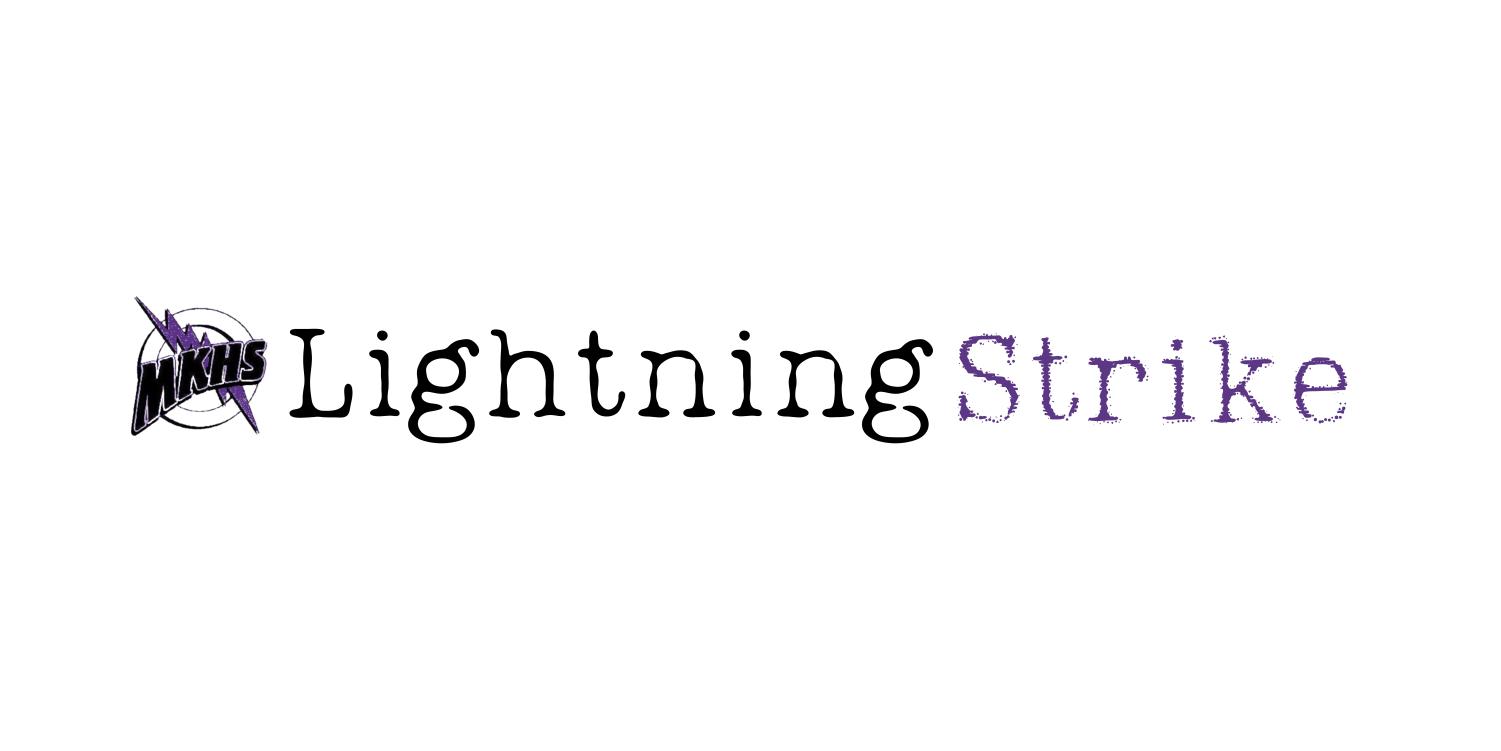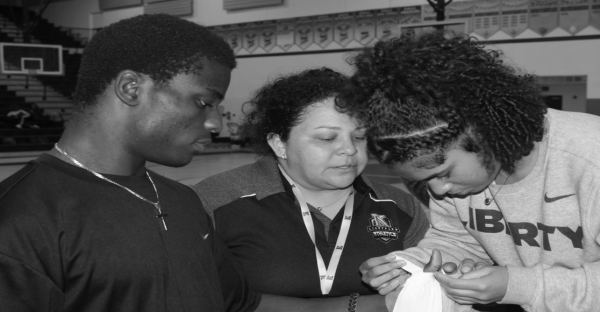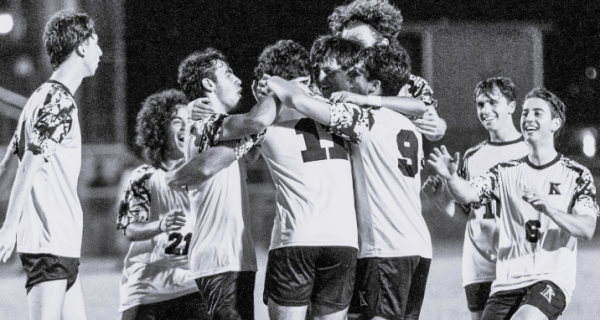Dawn of the Planet of The Games
Esports gaming has evolved from taking place inside technical studios in universities and auditoriums, to large conventions and venues around the world. With the industry set to increase in size and variety as technology gets more advanced, so do the opportunities for students..
In the 1970-1980s, arcades and home consoles began taking the markets by storm. Games like “Pong” were a hit with the general public; however, the competitive nature of gaming didn’t begin until the introduction of permanent leaderboards. With their introduction, games like “Asteroids” and “Starfire” allowed players to insert their names using special codes.
According to ISPO Sports Business Network, “with ‘Space Invaders,’ Atari laid the foundation for the world’s first major Esports tournament in 1978. The early gaming classic was played at the 1980 ‘Space Invaders’ championships by over 10,000 gamers competing to win a version of Asteroids.”
Since the success of the “Space Invaders” championships, it was clear that the future of Esports would be a strong one. In the 1990s, the introduction of PC gaming allowed for more competitive gaming. With teamplay now available, gaming clans became more competitive. As the gaming network advanced, private internet connections allowed for online tournaments. Because of this, the next step of Esports included team play, or singular 1-on-1.
With esports as a major sports league known worldwide, schools began implementing esports teams in their curriculum. Vanta, a platform that sponsors district Esports, is one of many other platforms that allow students to compete against other schools. Many games are available for students to compete in, including Super Smash Brothers Ultimate crew battles, where teams of three compete against another team for the top title.
Our school’s Gaming Club, Tier Breakers, was formed in 2019. With the help of co-sponsors, Science teacher Zola Lyn and Technology teacher Monica Nartey, students have formed an Esports team plan to compete in e-sport competitions this year.
“Depending on what kind of reputation we gain, depending on how good we play, we can definitely make a name for ourselves,” president of the Gaming Club, senior Zachary Burch said.
According to the National Association of Collegiate Esports, the average Esports scholarship student receives is around $4,800 a year.
There are many opportunities for students interested in competing in Esports to get the resources they need to apply for colleges and future job opportunities. Scholarship opportunities are available to those who want to create a career in the Esports industry. The Minecraft scholarship, for example, asks students to write an essay on how Minecraft can positively impact education and career development.
According to Insight Financial Services, “While it may seem counterintuitive, online gaming in the form of Esports teams encourages social skills. Being part of an Esports team can offer students the experience and motivation needed to channel skills into academic performance. Moreover, the requirement to maintain grade levels to participate in Esports is motivating to students that are eager to be on a team.”
Having an Esports team in school may also improve student engagement. Introducing games in a school environment may have students going up to others to play with each other and form new friendships. Working together to encourage each other, and sticking together to become the top can improve team development in students.
“It will benefit the students because they will get exposure to the Esports setting, and possibly go into another league when they leave high school,” Nartey said. “Some of them are professional gamers that have the opportunity to gain major profits from it.”










